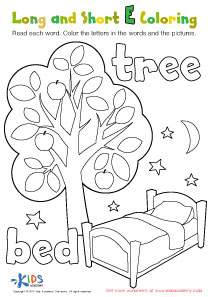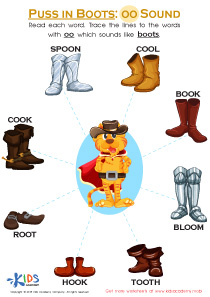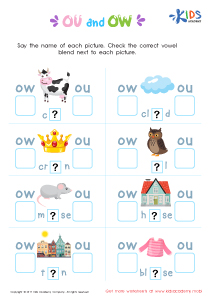Reading comprehension Normal Short Vowels Worksheets for Ages 6-7
7 filtered results
-
From - To
Enhance your child's reading skills with our engaging Reading Comprehension Normal Short Vowels Worksheets for ages 6-7. Designed to make learning fun, these worksheets focus on short vowel sounds, a crucial building block for early readers. Each worksheet features intriguing stories, followed by questions that boost comprehension and critical thinking. Perfect for homeschooling or additional practice, our printable worksheets are crafted to maintain your child's interest while improving literacy. Encouraging independent or guided learning, these resources are a fantastic way to develop strong reading foundations. Visit Kids Academy to download and start the learning journey today!
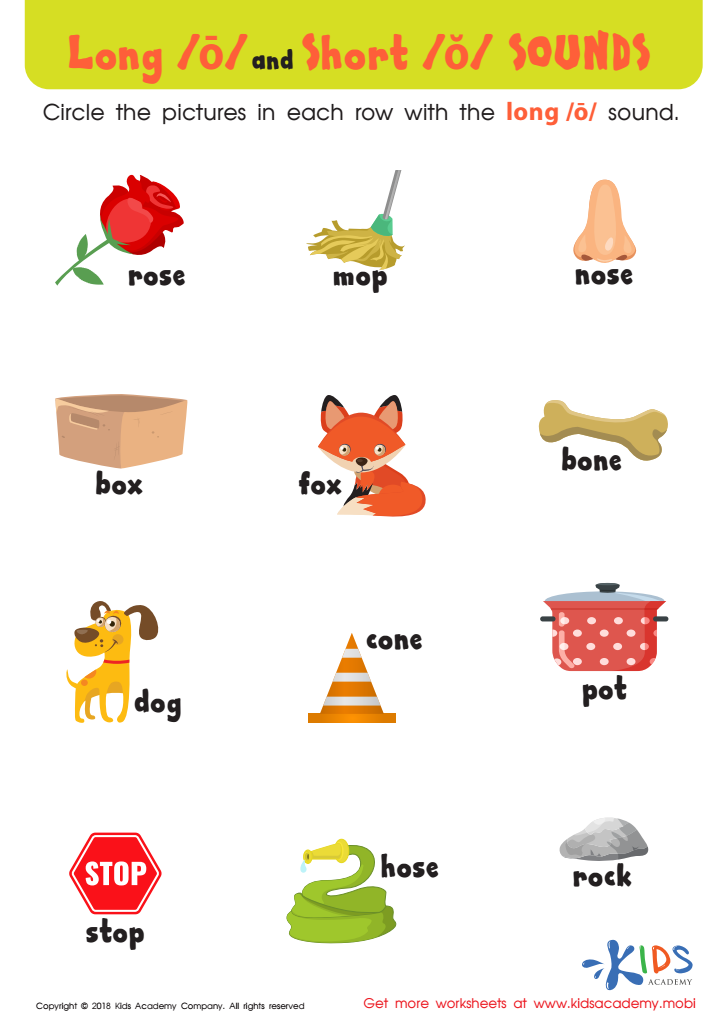

Reading: Long O and Short O Sounds Worksheet


The Short I Words Reading Worksheet


short vowels Worksheet


Short Vowels /e/, /i/, and /u/ Worksheet
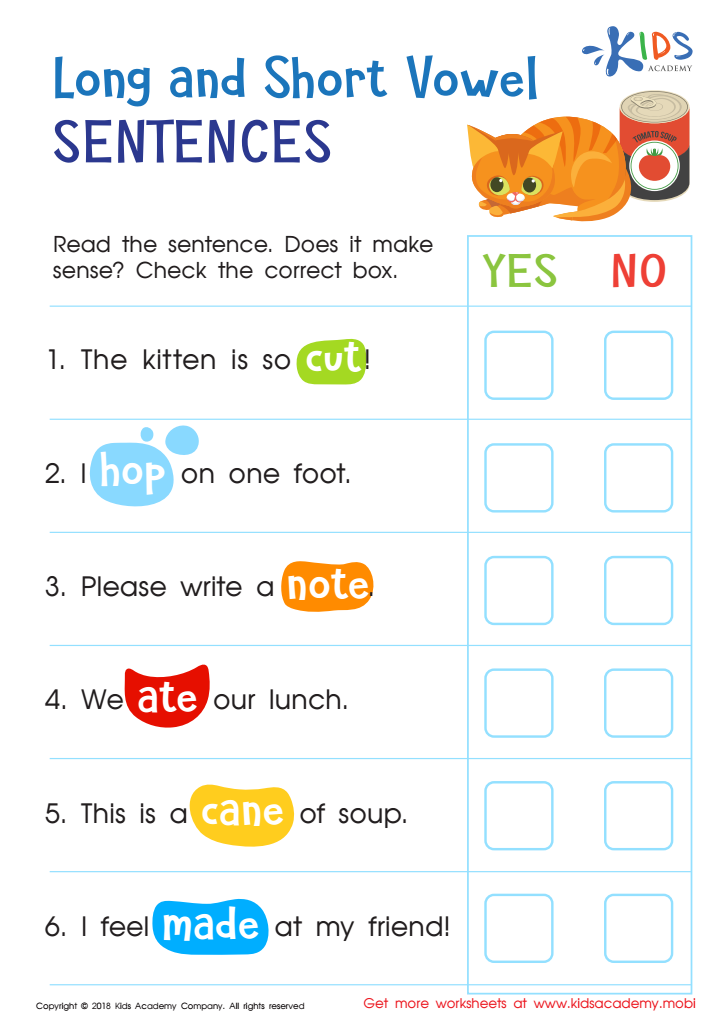

Long and Short Vowel Sentences: Assessment Worksheet


Reading: EA as in Bread Worksheet


Long and Short E Worksheet
Reading comprehension is a fundamental skill for young learners, typically ages 6-7, as it forms the building blocks for their future learning and literacy. One critical aspect of this is understanding short vowels – the sounds that letters like 'a,' 'e,' 'i,' 'o,' and 'u' make in words like "cat," "bed," "fic," "hop," and "jug" respectively. Parents and teachers should prioritize this for several reasons.
Firstly, mastering normal short vowels enhances phonemic awareness, which is the ability to hear, identify, and manipulate sounds in spoken words. This is crucial for developing decoding skills, where children learn to make the connection between letters and their sounds, enabling them to read unfamiliar words.
Secondly, proficiency in short vowels aids vocabulary expansion and understanding. When children can decode new words effectively, they can comprehend the text more accurately, leading to better retention of information and a more enjoyable reading experience. This, in turn, fosters a love for reading, which is essential for lifelong learning.
Lastly, early reading skills, including comprehension of short vowels, are tightly linked to academic success. Children who read well by third grade are more likely to excel in other subjects, as reading comprehension is foundational for understanding instructions and problem-solving across the curriculum. Hence, prioritizing reading comprehension, especially short vowel sounds, sets children on a path toward academic achievement and confident communication.
 Assign to My Students
Assign to My Students







